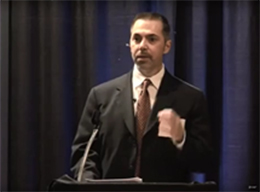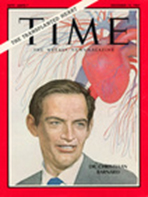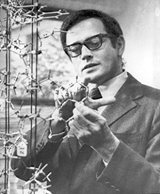Stem cell and cloning guru Robert Lanza has battled the Catholic Church, the White House, and violent protesters.
Whether defying the dean of the University of Pennsylvania School of Medicine so he could publish a book on world health or challenging the titans of cosmology, Robert Lanza has never followed the script. It's no wonder, then, that this renegade doctor would lead the charge into medicine's most controversial turf: the creation of cloned embryos for therapy and the engineering of spare human parts.
The value of therapeutic cloning has long been clear to Lanza, who did his early work with South African heart transplant pioneer Christiaan Barnard. Starting from those early days, Lanza understood that the barrier to tissue transfer was rejection by the recipient. From an entire organ to a dose of embryonic stem cells, if the tissue’s DNA came from anyone else, the transplant would be rejected without the aid of harsh immunosuppressive drugs. "The treatment could be worse than the problem," Lanza found. But embryonic clones, the source of an endless supply of stem cells imprinted with one's personal DNA, could alter the equation in favor of the patient and augur a paradigm shift in medicine on par with the changes brought about by antibiotics and vaccines.
Lanza's single-minded quest to usher in this new age has paid dividends in scientific insights and groundbreaking discoveries. Today a world force in the field of regenerative medicine, he's close to delivering cellular therapies that might reseed the immune system, heal damaged hearts, even save limbs.



































